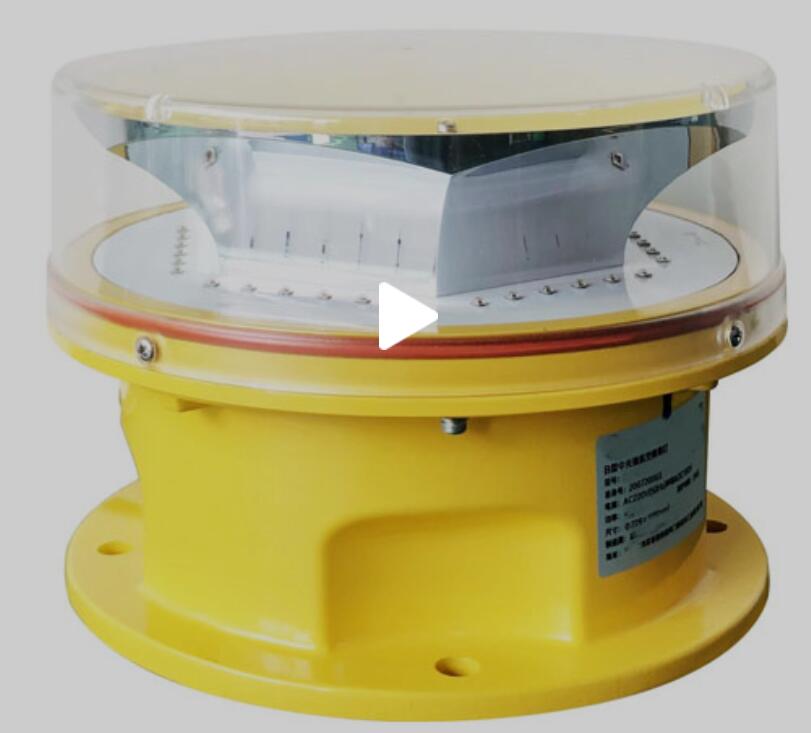FAA Red Obstruction Lights: The Critical Safeguards for Aviation Safety
In the complex airspace of modern aviation, FAA red obstruction lights serve as silent guardians, marking potential hazards and ensuring safe passage for aircraft. These essential visual aids have evolved from simple warning devices to sophisticated safety systems that integrate seamlessly with today's air traffic management. This article examines the vital role of FAA red obstruction lights, their technical specifications, regulatory framework, and emerging innovations that are shaping their future.
The Essential Role of Red Obstruction Lighting
1. Visual Warning System
FAA red obstruction lights provide:
24/7 visibility for stationary hazards

Critical collision prevention for low-altitude flights
Enhanced safety during instrument meteorological conditions
2. Regulatory Compliance
Mandated by:
FAA Advisory Circular 70/7460-1L
14 CFR Part 77
| faa red obstruction lights |
ICAO Annex 14 standards
3. Standardized Recognition
Universal red color for immediate hazard identification
Consistent flash patterns for pilot recognition
Predictable placement on structures
| faa red obstruction light |
Technical Specifications and Applications
1. Light Classification System
Type Intensity Height Application Visibility Range
L-810 Low <150ft 3-5 nautical miles
L-864 Medium 150-500ft 5-10 nautical miles
L-856 High >500ft 10-20 nautical miles
2. Common Applications
Communication towers
Wind turbines
Skyscrapers
Bridges
Cranes and construction equipment
Modern Advancements in Red Obstruction Lighting
1. LED Technology Revolution
80% energy reduction vs incandescent
100,000+ hour lifespan
Instant full-intensity illumination
2. Smart Control Systems
Automatic photocell activation
Remote monitoring capabilities
Self-diagnostic functions
3. Enhanced Durability Features
IP66 weatherproof rating
-40°C to +70°C operational range
Corrosion-resistant materials
Installation and Maintenance Best Practices
1. Optimal Placement Guidelines
Structure apex positioning
Intermediate level requirements
360° visibility assurance
2. Maintenance Protocols
Quarterly photometric verification
Annual electrical inspections
Immediate failure response
3. Common Challenges
Environmental degradation
Wildlife interference
Power supply reliability
Future Trends in Obstruction Lighting
1. Adaptive Lighting Systems
Aircraft proximity detection
Weather-responsive intensity
Dynamic flash patterns
2. Sustainable Solutions
Solar-hybrid power systems
Energy harvesting technologies
Reduced light pollution designs
3. Integrated Safety Networks
ADS-B compatibility
Drone detection systems
ATC communication links
FAA red obstruction lights remain indispensable components of aviation safety infrastructure, evolving to meet the challenges of increasingly crowded airspace. As technology advances, these critical warning systems are transitioning from passive markers to intelligent components of the air traffic management ecosystem. The ongoing development of energy-efficient, durable, and smart lighting solutions ensures FAA red obstruction lights will continue to protect lives and property while supporting the growth of aviation infrastructure. Their future lies in seamless integration with next-generation airspace management systems, maintaining their vital role as visual sentinels of flight safety.
